
5 Best Practices for Apple Search Ads
Posted on July 3rd, 2024
Are you leveraging Apple Search Ads the right way? Take a look at these recommendations to optimize your paid campaigns and target the right users.
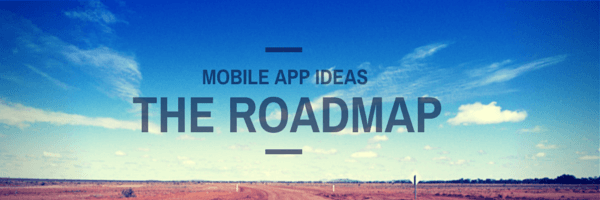
"I have an idea for an app" - this statement can launch massive success stories or serve as party banter for wantrepreneurs. If you identify more with the former than the latter - the following will help you navigate the path from idea to app.
 How do you take an idea for a mobile app and get it into the app store (and get users and make money and go viral and build a brand and sell the app
and buy a yacht)? Starting a new project is exciting, and can be even more so with a good roadmap. Let's remove some of the mystery of what to do with a mobile app idea, and set you on your road to app success, or to ditching the idea for another. The process used here for mobile apps can apply to a wide variety of products and services, and the better you get at this process - the better you will be at evaluating future opportunities and ideas. Additional resources for product and service idea development include Breakthrough Entrepreneurship, 4 Steps to an Epiphany, The $100 Startup, The 7-day Startup, and many others. I selected these 4 because they share one common theme or emphasis:
How do you take an idea for a mobile app and get it into the app store (and get users and make money and go viral and build a brand and sell the app
and buy a yacht)? Starting a new project is exciting, and can be even more so with a good roadmap. Let's remove some of the mystery of what to do with a mobile app idea, and set you on your road to app success, or to ditching the idea for another. The process used here for mobile apps can apply to a wide variety of products and services, and the better you get at this process - the better you will be at evaluating future opportunities and ideas. Additional resources for product and service idea development include Breakthrough Entrepreneurship, 4 Steps to an Epiphany, The $100 Startup, The 7-day Startup, and many others. I selected these 4 because they share one common theme or emphasis:
Clearly define the idea and start testing it!
There are tons of stories about successful businesses that started as something else, and several directly related to mobile like Instagram.
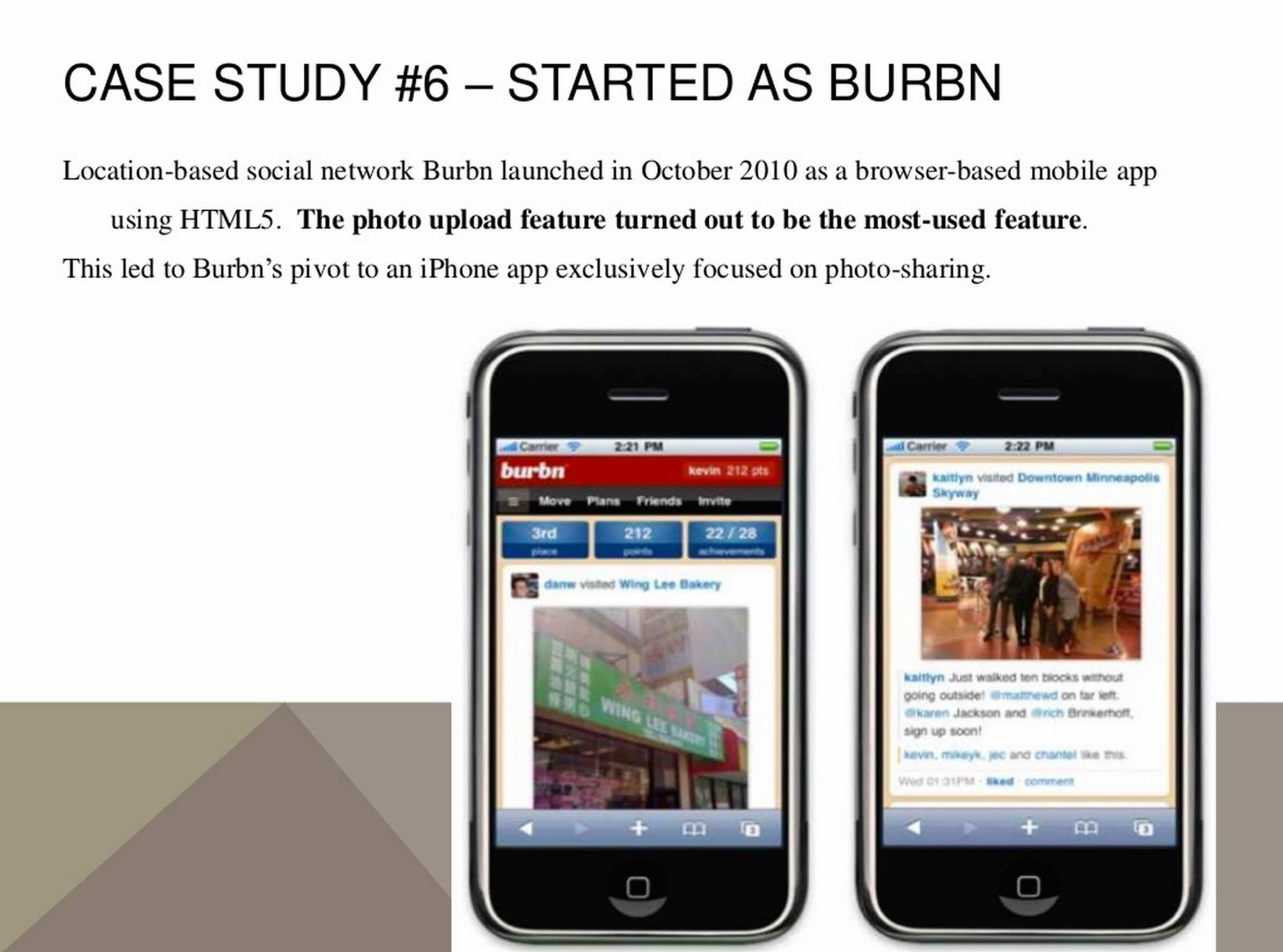
Successful Startup Pivots - 6 Case Studies from Angie Chang
Understanding idea evaluation and risks, and recognizing every release is an opportunity to test something (a feature for example) and improve your mobile app puts you and your app idea closer to finding that elusive market fit. Ok - finally - let's get going - what's your idea?
Nothing set in stone here, just write it down. What is the app? What does it do? What problem does it solve? Who is it for? We will get to how it will make money (if at all), and how you plan to reach your target market later. For now - let's just get the basics down.
What it does, for whom, and why (the benefit to the whom)
Using this format - can you explain the mobile app idea clearly?
"DogSpot matches Dog-Owning Singles with each other for Dog-centered Dates"
Yikes - sounds like a crazy app, but hey - I am walking the dog anyways - might as well meet someone while I am out. Regardless of the merit of my DogSpot app - that's the idea. Have more detail than just a watered-down value proposition? Go for it! Just remember - all of this is in pencil. We need to see what the market is currently responding to. Which takes us to...
One of the most common mistakes made by people unfamiliar with bringing new products to market is regarding
existing solutions as
a bad thing. Somewhat counterintuitive - competition can be a (very) good thing. If there is a successful or several successful mobile apps in the store, much of your market research has already been done.
There is market demand for your proposed solution. Even better, the app stores have public ratings and reviews. You can go right into potential competitors' apps and see specifically what users are excited or complaining about.  You may be able to deliver what users are looking for from other apps, or there may be a reason why no other publishers have been able to address the market's needs - but the market is telling you what it wants.
You may be able to deliver what users are looking for from other apps, or there may be a reason why no other publishers have been able to address the market's needs - but the market is telling you what it wants.
While competition can be a good sign, unless you have a large marketing budget, huge email list, or 1 million+ Twitter followers - your app idea should have something that differentiates it from the rest of the options. We can call this your Unique Selling Proposition (or USP), which basically answers the question:
With all of these choices - why download and use your mobile app?
Using the example above - let's say all of the dog-based dating apps (there are none) have the same issue with not enough users. Can we solve this problem and use the solution as our USP?
Could we integrate with Facebook and pull "friends of friends with dogs and single" as a way to show more available users?
For our fictitious (?) dog-centered dates app "DogSpot" (working title), we would want to perform multiple searches in the app stores (focus on Google Play and Apple's App Store) for related terms.
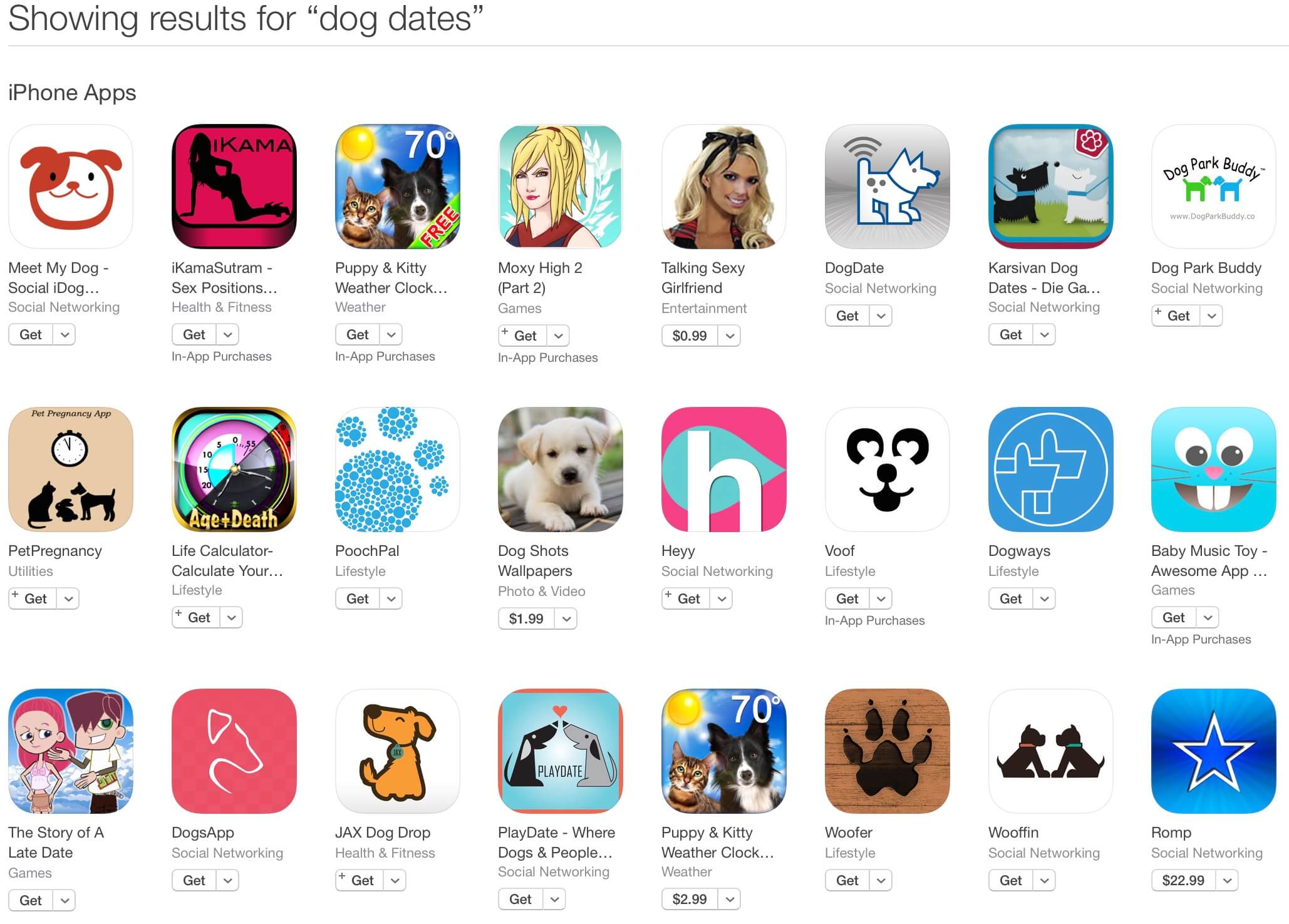
 Look at "suggested searches" for additional ideas at how the market is
searching for apps like yours.
Look at "suggested searches" for additional ideas at how the market is
searching for apps like yours.
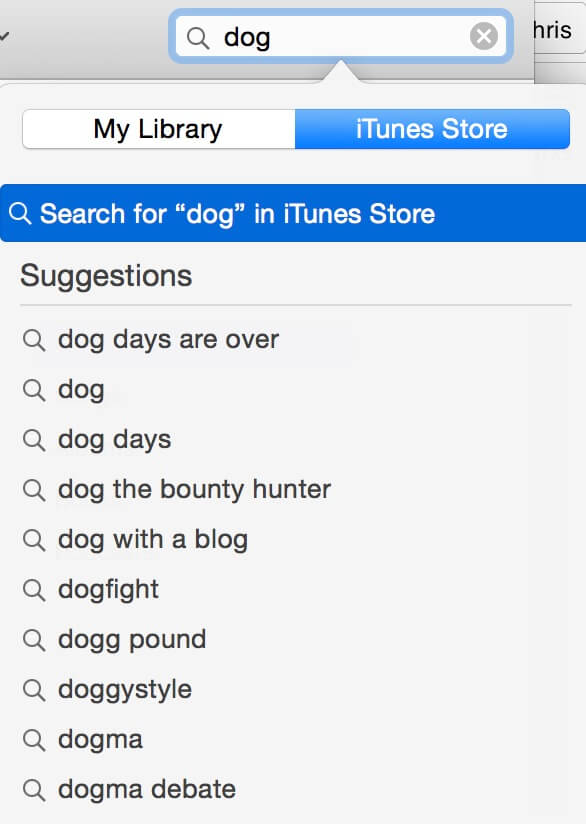
Create a list of apps that are similar and that appear across searches.
With this list we can get an idea of how, where and if our app idea is potentially viable.
The main things to look for are:
Go to the app store > categories > select the most relevant category > top free apps (or paid or grossing).

Very rough rule of thumb - < 1% of users will rate an app (closer to .1%). So 10 reviews all time could mean 1,000 downloads - at most.
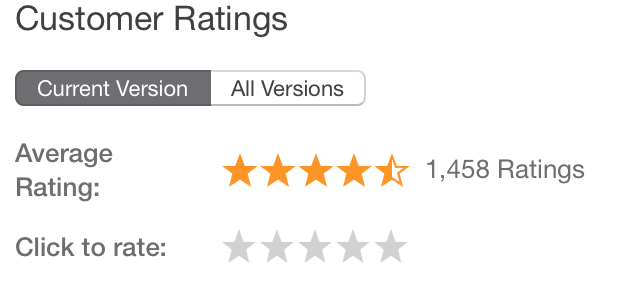 Highlight the apps that pass the initial tests of ranking in a category or with 100's or 1,000's of ratings. We will look at the non-highlighted apps a bit later, for now we want to better understand the apps that the market is responding to.
Highlight the apps that pass the initial tests of ranking in a category or with 100's or 1,000's of ratings. We will look at the non-highlighted apps a bit later, for now we want to better understand the apps that the market is responding to.
At this point, you are further along than many/most with "the next great app idea". Being a realist, you have put your idea to the test by defining your app idea and looking at both if there is a market for your app, and if there are some basic ways your app idea is unique or different. The way you monetize and acquire users, and design can be enough of a differentiator to make a mark in the app store. Researching and deconstructing how the top apps on your list are making money is important for helping to define your apps monetization strategy, and potential areas for providing a better experience to users. The main things to look for include:
Types of ads include banners, interstitials, native, video and more.
This is often where app ideas are met with their fiercest test - can the app make money based on current market expectations? And if so, how do we reach this market? There are 100's of millions of apps downloaded daily, which is exciting. But without users we won't make any money... how do we plan to connect with our first thousand users?
How your app will make money is dependant on people actually finding, installing and using your app. The primary channels for mobile user acquisition are:
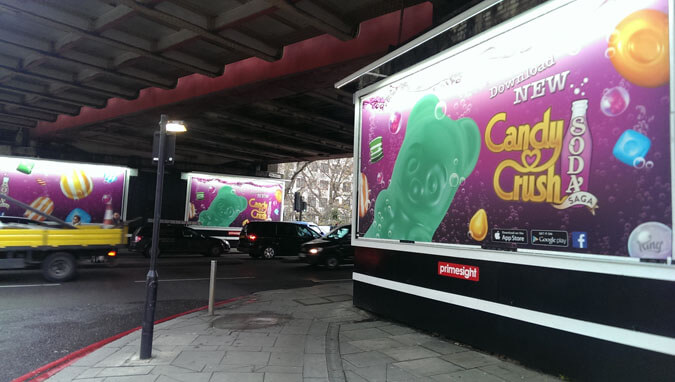 The cost of acquiring a user from paid advertising is over $2.00 (per install). Until you have an app with proven market fit, a working monetization strategy and
an app optimized for app store search, paying for installs should be used only for acquiring an initial set of users for generating data. If you currently have an organic pet food company, and your app idea is directly aligned (a recipe app with videos on how to make the recipes) or somewhat aligned (DogSpot Dating), you have an existing audience to market your app to. If not, building an audience from scratch can be a significant additional challenge. If your mobile app idea has passed the above "tests" - market demand, uniqueness, potential to monetize - you absolutely can build an audience and acquire users. Just know this is a challenge that requires significant effort and will not "solve itself" upon submitting to the app stores. A quick list before we move on to "building" your app - tools for building an audience include:
The cost of acquiring a user from paid advertising is over $2.00 (per install). Until you have an app with proven market fit, a working monetization strategy and
an app optimized for app store search, paying for installs should be used only for acquiring an initial set of users for generating data. If you currently have an organic pet food company, and your app idea is directly aligned (a recipe app with videos on how to make the recipes) or somewhat aligned (DogSpot Dating), you have an existing audience to market your app to. If not, building an audience from scratch can be a significant additional challenge. If your mobile app idea has passed the above "tests" - market demand, uniqueness, potential to monetize - you absolutely can build an audience and acquire users. Just know this is a challenge that requires significant effort and will not "solve itself" upon submitting to the app stores. A quick list before we move on to "building" your app - tools for building an audience include:
A good resource for evaluating the best channels for acquiring users is the book Traction. Our position is no matter what channel(s) you decide to target for user acquisition, an optimized app listing should be the first marketing activity as ASO and acquiring organic app store traffic generally drives the highest short and long-term ROI.
Lastly, since creating, designing, developing and marketing apps can be costly, limiting risk by being selective which app ideas we pursue has a big impact on the potential returns on our investments. It may be prudent to invest $500 in Google or Facebook ads targeting relevant search terms (Google) or an ultra-relevant audience (Facebook) to determine interest in your app idea prior to any additional investment of resources. This is as simple as creating a free, simple landing page describing your app.
Use the value proposition and USP to clearly define what problem the app solves, for who and how.  Offer a "Let me know when this app is available" call to action and collect emails. Track both clicks on the ad and emails collected, as both show interest. LaunchKit and Canva provide free and paid tools for creating a landing page and Facebook ads.
Offer a "Let me know when this app is available" call to action and collect emails. Track both clicks on the ad and emails collected, as both show interest. LaunchKit and Canva provide free and paid tools for creating a landing page and Facebook ads.
If you see "DogSpot - Dog-centered Dating" in the app stores, you will know the app went through the above process prior to any coding! And if it doesn't pass, I am now better equipped to find and evaluate other opportunities in the app store. Less risk, more upside and a better potential for a significant ROI. Check out our next post for those of you with app ideas but without programming skills!

Are you leveraging Apple Search Ads the right way? Take a look at these recommendations to optimize your paid campaigns and target the right users.

Ghostly happenings are among us... and in your app listing too? If you aren't leveraging the power of app seasonality to make relevant tweaks to your store listing you're leaving precious engagement and conversions on the table.

Developers on the iOS App Store should plan in advance of the upcoming Holiday Schedule to allow enough time for apps to get approved during the busy holidays.